Do You Have A Healthy Gut
 If you’re like many of my clients here in Stamford, CT, you want to do what it takes to stay fit and healthy. You exercise regularly and eat a well balanced whole food diet, plus get adequate hydration and a good night’s sleep. There’s a lot of talk lately about the benefits of having a healthy gut to supplement a fitness program. Luckily, many of the things my clients are already doing are part of the program to assure a healthy digestive and elimination system.
If you’re like many of my clients here in Stamford, CT, you want to do what it takes to stay fit and healthy. You exercise regularly and eat a well balanced whole food diet, plus get adequate hydration and a good night’s sleep. There’s a lot of talk lately about the benefits of having a healthy gut to supplement a fitness program. Luckily, many of the things my clients are already doing are part of the program to assure a healthy digestive and elimination system.
What is good gut health?
You may think you’re alone in life, but guess what, you’re walking around with groups of microbes living inside you. You have trillions of microorganisms living inside you or around you. One estimate of the amount is about 100 trillion. If they all huddled together on a scale, there’s an estimate that bacteria could weigh a pound or two. In the gut alone there are between 300 and 1,000 different species with about 30 to 40 species making up the bulk of the microbes. The bacteria help digest food and make certain nutrients during digestion and makes them available to their human host available. Without gut bacteria, no matter how much you ate, you’d die of malnutrition.
Signs of an unhealthy gut vary.
There are various studies that link poor gut health to autoimmune disease, mood disorders, mental health issues, cancer, skin conditions, general health issues and food intolerance. Sleep disorders can be linked to an unhealthy gut and unintentional weight changes, both gaining and losing, without changing overall diet. If you’re a sugar addict, it’s not only the cause of poor gut health, it’s also a result. Eating sugar can create an imbalance that leads to cravings for sugar. Of course, digestive issues are always a leading issue with poor gut health.
Taking probiotics may help, but there other things you can do, too.
The problem with taking probiotics, is that you don’t always know what bacteria you need and which you’re missing. However, eating fermented food like kefir, kimchi, sauerkraut and yogurt (with live cultures) helps. Studies show high fiber foods do, too. Garlic and onion also may be beneficial, just as collagen boosting foods, like bone broth and mushrooms.
- Lower your stress level with exercise or meditation and breathing exercises. You’ll benefit your body in a number of ways besides just dealing with stress. Stress takes its toll on all parts of the body, including the gut.
- Get plenty of sleep and stay hydrated. Just like eating sugar leads to sugar cravings, getting inadequate sleep can lead to poor gut health and insomnia. Staying hydrated boosts gut health.
- Avoid highly processed foods and stick with whole foods with lots of fiber. Many studies show that fiber can help boost beneficial bacteria in your gut.
- Eat slowly and chew, chew, chew. The slower you eat and the more digestion that takes place in your mouth, the less digestive disturbances you’ll have. That can lead you on the road to better gut health.

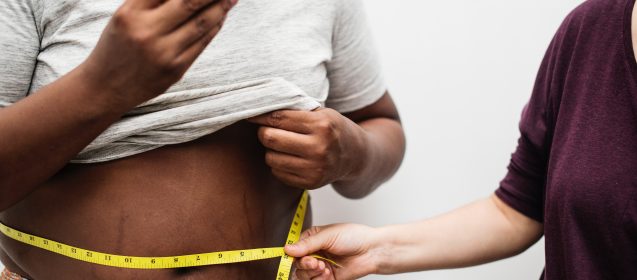
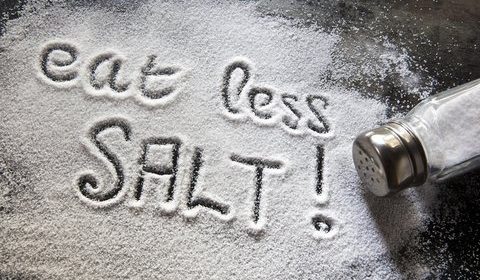
 Whether it’s bloating and swelling that makes you remove salt from your diet or high blood pressure or other coronary scare, just donating your salt shakers to a non profit charitable organization or hiding them in the cupboard won’t be enough. It’s not the salt itself that’s your enemy but the sodium in the salt. If you eat processed food, you’re getting most of your sodium from it, rather than the salt you add to the food.
Whether it’s bloating and swelling that makes you remove salt from your diet or high blood pressure or other coronary scare, just donating your salt shakers to a non profit charitable organization or hiding them in the cupboard won’t be enough. It’s not the salt itself that’s your enemy but the sodium in the salt. If you eat processed food, you’re getting most of your sodium from it, rather than the salt you add to the food.
 If you find you can’t always make it to the gym, except on the weekends, you don’t have to let your fitness program suffer. You can opt to do several shorter workouts throughout the day to boost your results and turn that weekend warrior workout to just an hour at the gym, not a half day. Workouts can be as short as five to ten minutes and still get results.
If you find you can’t always make it to the gym, except on the weekends, you don’t have to let your fitness program suffer. You can opt to do several shorter workouts throughout the day to boost your results and turn that weekend warrior workout to just an hour at the gym, not a half day. Workouts can be as short as five to ten minutes and still get results.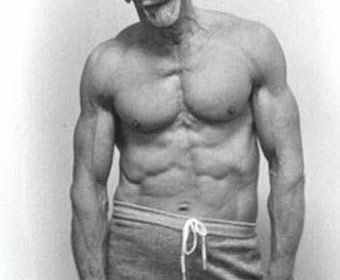
 I’m constantly asked about special workouts for fat loss after 40 and I always respond that the workouts that build muscle tissue and burn fat work no matter what your age. I love boxing as a workout for fat loss because it provides total body conditioning. You’re working more than just one muscle group at a time, which burns more calories than isolate exercises, such as body twists, leg extensions and etc. The more muscles you move, the better the workout for fat loss.
I’m constantly asked about special workouts for fat loss after 40 and I always respond that the workouts that build muscle tissue and burn fat work no matter what your age. I love boxing as a workout for fat loss because it provides total body conditioning. You’re working more than just one muscle group at a time, which burns more calories than isolate exercises, such as body twists, leg extensions and etc. The more muscles you move, the better the workout for fat loss.
 You’d be amazed at how many people focus just on aerobic exercise and ignore strength training, fearing they’ll bulk up and look like the Incredible Hulk. It isn’t that simple or everyone would become a body builder. There’s a good reason to start a course of strength training for beginners if it’s not already part of your workout program. Strength training helps build muscle tissue, protects bone density, helps you lose weight faster and helps prevent injury. In fact, strength training is known to be as effective for reducing or even reversing bone loss as some medications for osteoporosis.
You’d be amazed at how many people focus just on aerobic exercise and ignore strength training, fearing they’ll bulk up and look like the Incredible Hulk. It isn’t that simple or everyone would become a body builder. There’s a good reason to start a course of strength training for beginners if it’s not already part of your workout program. Strength training helps build muscle tissue, protects bone density, helps you lose weight faster and helps prevent injury. In fact, strength training is known to be as effective for reducing or even reversing bone loss as some medications for osteoporosis.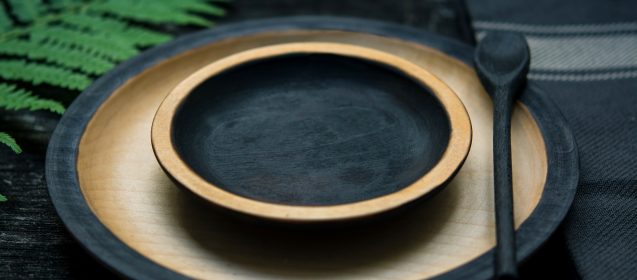
 There’s been a lot of talk about losing weight with intermittent fasting and the information can be quite confusing. Intermittent fasting has to do with when you eat. It is a pattern where you eat little or nothing for a specific time, followed by a period of normal intake of food on a consistent basis. You can choose three different types of intermittent fasting. Whole day fasting is one or two days with no or minimum caloric intake, Alternate day fasting means you fast for a day, followed by eating normally the next day and then begin the cycle again. Time restricted fasting is often the most popular. You fast for 16 to 20 hours, then eat the other 4 to 8 hours of the day.
There’s been a lot of talk about losing weight with intermittent fasting and the information can be quite confusing. Intermittent fasting has to do with when you eat. It is a pattern where you eat little or nothing for a specific time, followed by a period of normal intake of food on a consistent basis. You can choose three different types of intermittent fasting. Whole day fasting is one or two days with no or minimum caloric intake, Alternate day fasting means you fast for a day, followed by eating normally the next day and then begin the cycle again. Time restricted fasting is often the most popular. You fast for 16 to 20 hours, then eat the other 4 to 8 hours of the day.
 In this world of internet information, there’s a lot of confusion. While it is wonderful to have all the pertinent studies at the tip of your fingers, not everything you read is true. You need to be reliable with your health and not blindly follow others that offer no proof of their “magical” secrets to losing weight or have no background education. There are some signals to look for to help weed out the legitimate from that which is pure junk and may even be dangerous.
In this world of internet information, there’s a lot of confusion. While it is wonderful to have all the pertinent studies at the tip of your fingers, not everything you read is true. You need to be reliable with your health and not blindly follow others that offer no proof of their “magical” secrets to losing weight or have no background education. There are some signals to look for to help weed out the legitimate from that which is pure junk and may even be dangerous.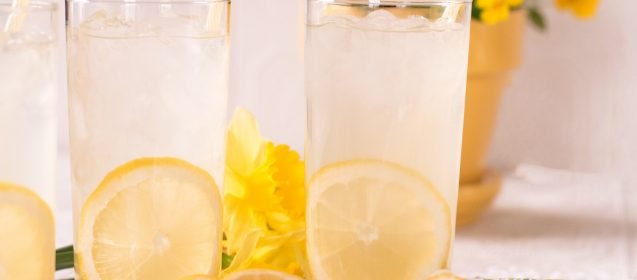
 It’s more than just the food you eat that puts on weight and ruins your health, what you drink also affects good health. Here in Stamford, there’s a renewed interest in eating a healthy diet. I’m always happy to see that. However, when I’m in a restaurant, I often see people with a plateful of salad and other healthy foods and a carbonated drink. I don’t care if it’s diet or regular, that can throw off the entire meal, no matter how carefully the food is selected. There are other drink choices that also are just as unhealthy, but manage to find themselves at the table of people who otherwise have the perfect diet.
It’s more than just the food you eat that puts on weight and ruins your health, what you drink also affects good health. Here in Stamford, there’s a renewed interest in eating a healthy diet. I’m always happy to see that. However, when I’m in a restaurant, I often see people with a plateful of salad and other healthy foods and a carbonated drink. I don’t care if it’s diet or regular, that can throw off the entire meal, no matter how carefully the food is selected. There are other drink choices that also are just as unhealthy, but manage to find themselves at the table of people who otherwise have the perfect diet.
 Today there’s more focus on the benefits of healthy exercise and eating healthy. That’s a good start on living a complete healthy lifestyle, but not the total picture. A healthy diet is a key factor. There are studies that show that while some food can damage your body, other types of food can heal. Eliminating processed foods from the diet and replacing them with low glycemic fruits and vegetables goes a long way in improving health. Eliminating bad fat, such as trans fat and hydrogenated fat, and replacing it with healthy fat is also important. You need healthy fat to support a number of functions, including brain development, cellular healing and to fight inflammation. Elimination of sugar and grain products is another step.
Today there’s more focus on the benefits of healthy exercise and eating healthy. That’s a good start on living a complete healthy lifestyle, but not the total picture. A healthy diet is a key factor. There are studies that show that while some food can damage your body, other types of food can heal. Eliminating processed foods from the diet and replacing them with low glycemic fruits and vegetables goes a long way in improving health. Eliminating bad fat, such as trans fat and hydrogenated fat, and replacing it with healthy fat is also important. You need healthy fat to support a number of functions, including brain development, cellular healing and to fight inflammation. Elimination of sugar and grain products is another step.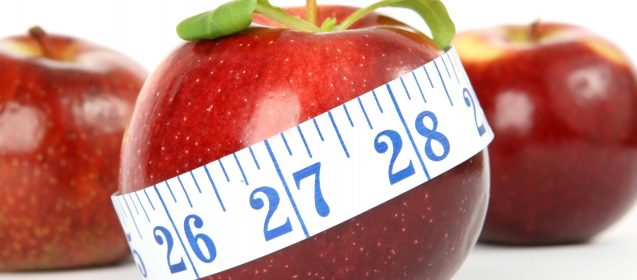
 . Some of the advice actually can make you gain weight. For instance, those “miracle” shed 10 pounds in 10 days diets that consist of magic elixirs made of juice from grapefruit, cabbage or other foods, may actually help you lose some weight in a short period, but lowers your metabolism. The minute you go back to eating normal meals, you put it all back on and sometimes more.
. Some of the advice actually can make you gain weight. For instance, those “miracle” shed 10 pounds in 10 days diets that consist of magic elixirs made of juice from grapefruit, cabbage or other foods, may actually help you lose some weight in a short period, but lowers your metabolism. The minute you go back to eating normal meals, you put it all back on and sometimes more.